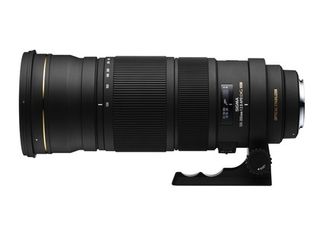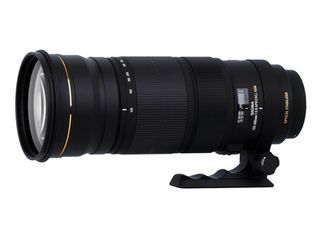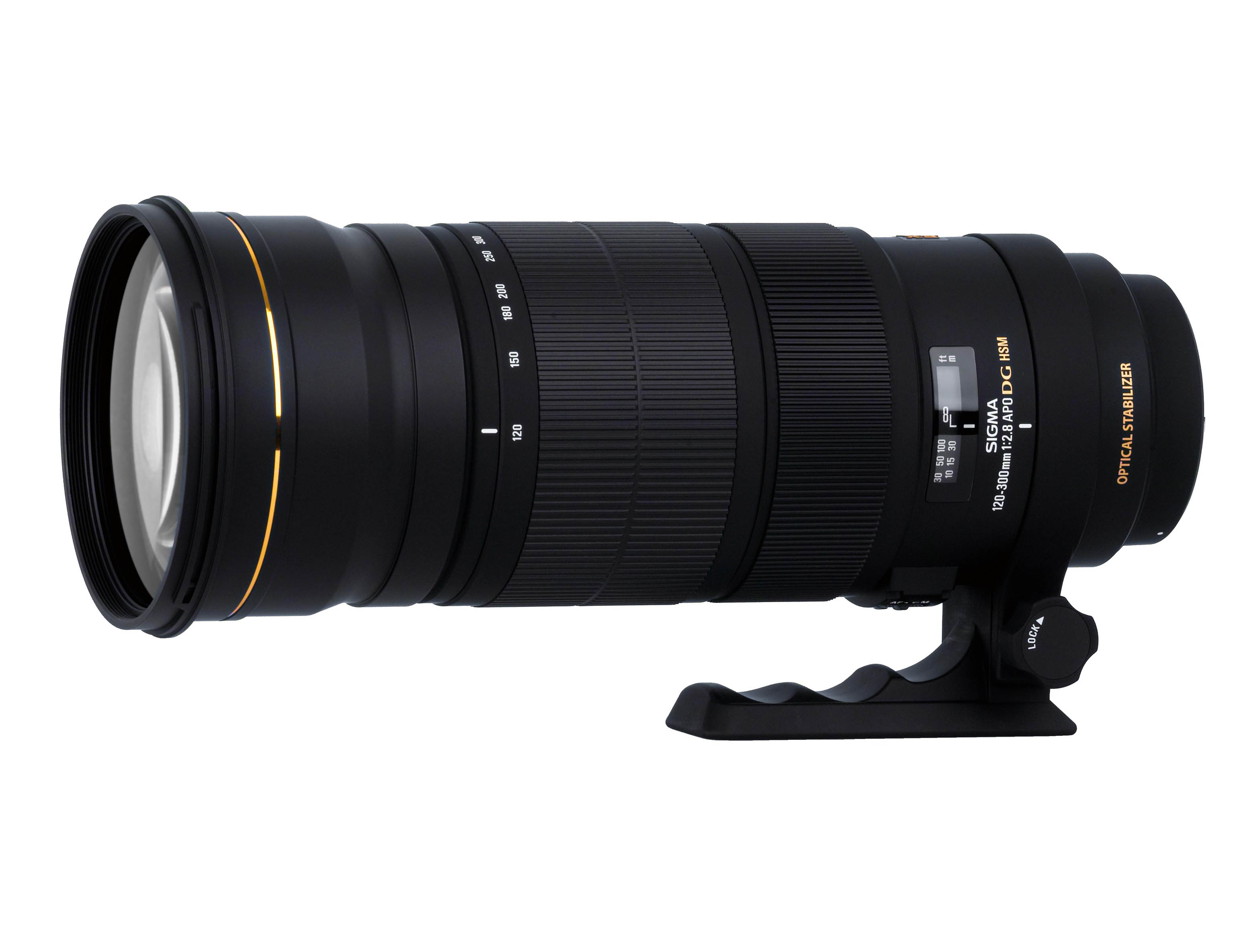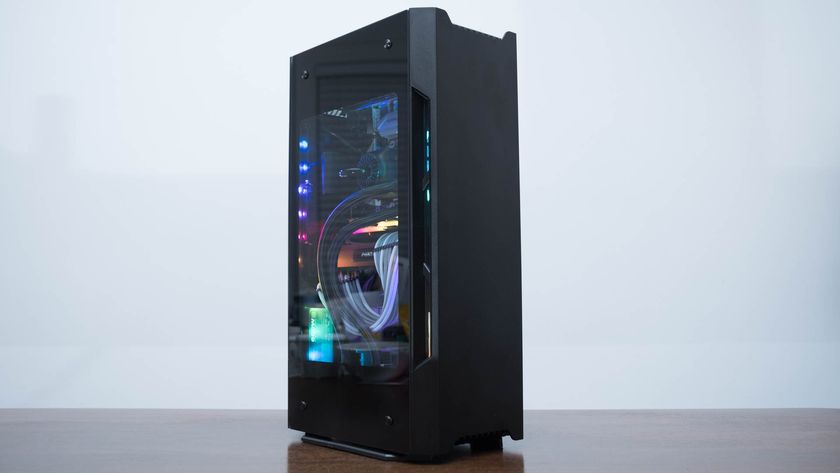Why you can trust TechRadar

The good news is that image quality is superb. The Sigma drops off in sharpness towards the smaller end of its aperture range. F/16 and smaller can be tricky, but since most will be using it at f/8 and bigger in the name of getting usable shutter speeds, avoiding the softer reaches of the aperture range is pretty easily done.
In particular, f/4 and f/5.6 are extremely sharp, whether you're inspecting an image in the centre of the frame or the corner. It's at its sharpest at f/5.6, although smaller apertures are by no means disastrous.
For those looking to exploit the light-gathering potential of f/2.8, we found the Sigma telephoto lens to be consistently sharp across the frame, albeit with a little light fall-off in the corners at its widest focal length of 120mm.
There's a touch less margin for error when the lens is zoomed in, with images a little softer, but f/5.6 - if you've got the light or ISO performance for it - is still very good indeed. There's more good news when it comes to chromatic aberration - namely that we struggled to spot any.
The Sigma 120-300mm f/2.8 EX DG OS HSM offers an all-round convincing performance when it comes to good-looking images - certainly good enough for keen wildlife and sport snappers, assuming you can fit it in your hand luggage. It also produces images with decent levels of contrast, which makes processing your pictures quicker.

There's a more-than capable optical stabilisation system in place as well. It offers plenty of traction to compensate for wobbly hand-holding - a good thing considering the weight. On a monopod we were able to get steady shots at 1/125th of a second and very slightly slower at 300mm, so it'll give you around three stops of extra shutter speed in most situations.
Usefully, the OS switch on the barrel of the lens has three positions - you can turn it off entirely, or you can set it to only correct vibrations vertically, which is useful if you're taking panning shots.
The autofocus system is effective - perhaps a shade slower than on more expensive lenses, but give the autofocus button on your camera a prod and it responds nicely. It's an internal autofocus mechanism as well, and is next to silent.
Inevitably, there are compromises. The focus and zoom rings are very stiff - admittedly there's a lot of glass to shuffle about, but it can mean that making minute framing adjustments is a bit hit and miss.
That said, there are no complaints about build quality - the body of the lens is made from tough-feeling metal that feels like it will be able to take the odd knock. The only real complaint is the hood, which is made from less-than-bulletproof-feeling plastic. This feels like it will take less abuse than Canon's (much more expensive) carbon fibre hoods.
Those shooting in particularly extreme environments will note the weather proofing, although this doesn't extend to the lens mount, which lacks a rubber seal to stop water creeping in between the lens and the camera body. Short of dunking it in a pond, though, you're unlikely to need to worry about this even in light rain.
We're not over-keen on the Sigma 120-300mm f/2.8 EX DG OS HSM's tripod mount. It certainly doesn't feel like it's going to come off, but with the clamp loosened to enable the lens to rotate without leaving your monopod there's a little give between the ring the foot is mounted on and the main body of the lens.
The give is there so that the foot can be removed entirely from the lens, but given the lens's weight, and the usefulness of the foot as a carry handle, it might have been better if the foot was permanently attached, as it is, say, on Canon's 500mm f/4.
Dave is a professional photographer whose work has appeared everywhere from National Geographic to the Guardian. Along the way he’s been commissioned to shoot zoo animals, luxury tech, the occasional car, countless headshots and the Northern Lights. As a videographer he’s filmed gorillas, talking heads, corporate events and the occasional penguin. He loves a good gadget but his favourite bit of kit (at the moment) is a Canon EOS T80 35mm film camera he picked up on eBay for £18.














